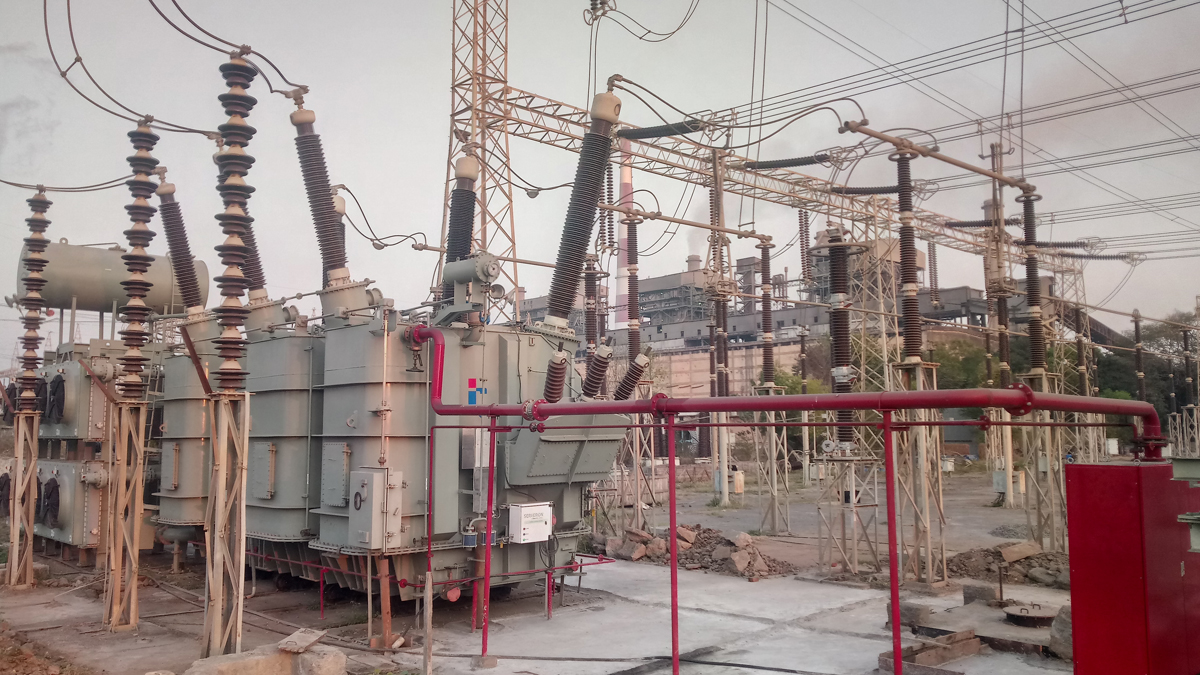In the rapidly evolving electrical infrastructure landscape, substations serve as the backbone of power transmission and distribution. Among the most critical components within a substation is the transformer, responsible for stepping voltage levels up or down to facilitate safe and efficient power delivery. However, the performance and longevity of transformers heavily depend on how correctly they are installed. Improper installation not only jeopardizes equipment lifespan but also threatens the safety, efficiency, and overall reliability of the entire power system. Ensuring accurate installation practices is not just a technical necessity—it is a strategic investment in the long-term reliability of substations.
The Role of Transformer Installation in Substation Performance
Transformers in substations operate under demanding electrical and environmental conditions. A single fault caused by poor installation can result in system downtime, equipment damage, and substantial financial losses. Proper transformer installation begins with site assessment and planning, followed by correct positioning, alignment, connection, grounding, and protective measures. These steps are critical to mitigating risks such as short circuits, overheating, and dielectric breakdowns. Incorrect installation may cause issues like oil leakage, inefficient cooling, or core misalignment—all of which reduce performance and increase maintenance costs. A transformer must be installed with precision to ensure optimal load handling, thermal stability, and mechanical integrity.
Safety and Compliance Through Correct Installation
Transformer installation is not merely a technical task; it is a matter of regulatory compliance and operational safety. Electrical standards such as IEC, IEEE, and IS codes outline specific requirements for transformer handling, installation, and testing. Adhering to these standards is essential to prevent hazards such as fire, electrical shock, or catastrophic failure. Trained professionals ensure that each installation step complies with safety codes and environmental regulations. Furthermore, accurate commissioning following installation helps verify operational parameters, insulation resistance, and functional integrity before the transformer goes live. Skipping these procedures or executing them poorly compromises not only the asset but also the workforce and surrounding infrastructure.
Reducing Downtime and Maintenance Costs
One of the most significant advantages of proper transformer installation is the drastic reduction in unplanned outages and maintenance needs. A correctly installed transformer operates efficiently under its rated conditions, reducing wear and tear over time. This extends the transformer’s lifespan and minimizes the frequency of repairs or replacements. On the other hand, even a small installation error can lead to vibration issues, temperature imbalances, or contact degradation, which often go unnoticed until serious faults occur. Investing in high-quality Transformer Installation and Commissioning Services in India ensures that all technical and operational parameters are met from day one, which ultimately safeguards the continuity and reliability of power supply systems.
Enhancing System Reliability and Power Quality
System reliability is the cornerstone of any electrical network. A substation’s reliability hinges on how consistently it can handle the flow of electricity without interruptions or degradation. Transformers that are accurately installed contribute to system stability by ensuring seamless voltage regulation, efficient energy transfer, and minimal power losses. They also play a pivotal role in maintaining power quality by reducing harmonic distortion and voltage fluctuations. These benefits are only achievable when installation is executed according to design specifications and engineering best practices. Proper transformer installation is thus a direct contributor to both grid stability and customer satisfaction.
The Importance of Expert Handling and Technological Support
Transformer installation is a complex process that demands a blend of engineering expertise, specialized tools, and experience with varying site conditions. Only a few companies possess the technical depth and field experience necessary to manage such installations with high precision. One such provider is Top Electrical Solution Company in Rajasthan, known for delivering high-quality, end-to-end electrical solutions including expert transformer installation across the country. Manikaran Enterprises offers a professional approach that encompasses pre-installation surveys, equipment transport, testing, commissioning, and post-installation support. Partnering with experienced service providers ensures transformers are installed right the first time—preventing future setbacks and ensuring continuous, high-performance operation.
Conclusion
Correct transformer installation is more than a procedural requirement—it is a foundational factor that determines the long-term reliability and safety of substations. From enhancing system efficiency to minimizing downtime and ensuring regulatory compliance, the benefits of accurate installation are far-reaching. With increasing demands on power infrastructure, especially in industrial and urban zones, there is no room for compromise when it comes to transformer setup. Businesses and utility operators must prioritize working with experienced professionals who understand the intricacies of transformer installation. With the support of trusted providers like Manikaran Enterprises, organizations can ensure that their power systems operate at peak performance for years to come.





Comments